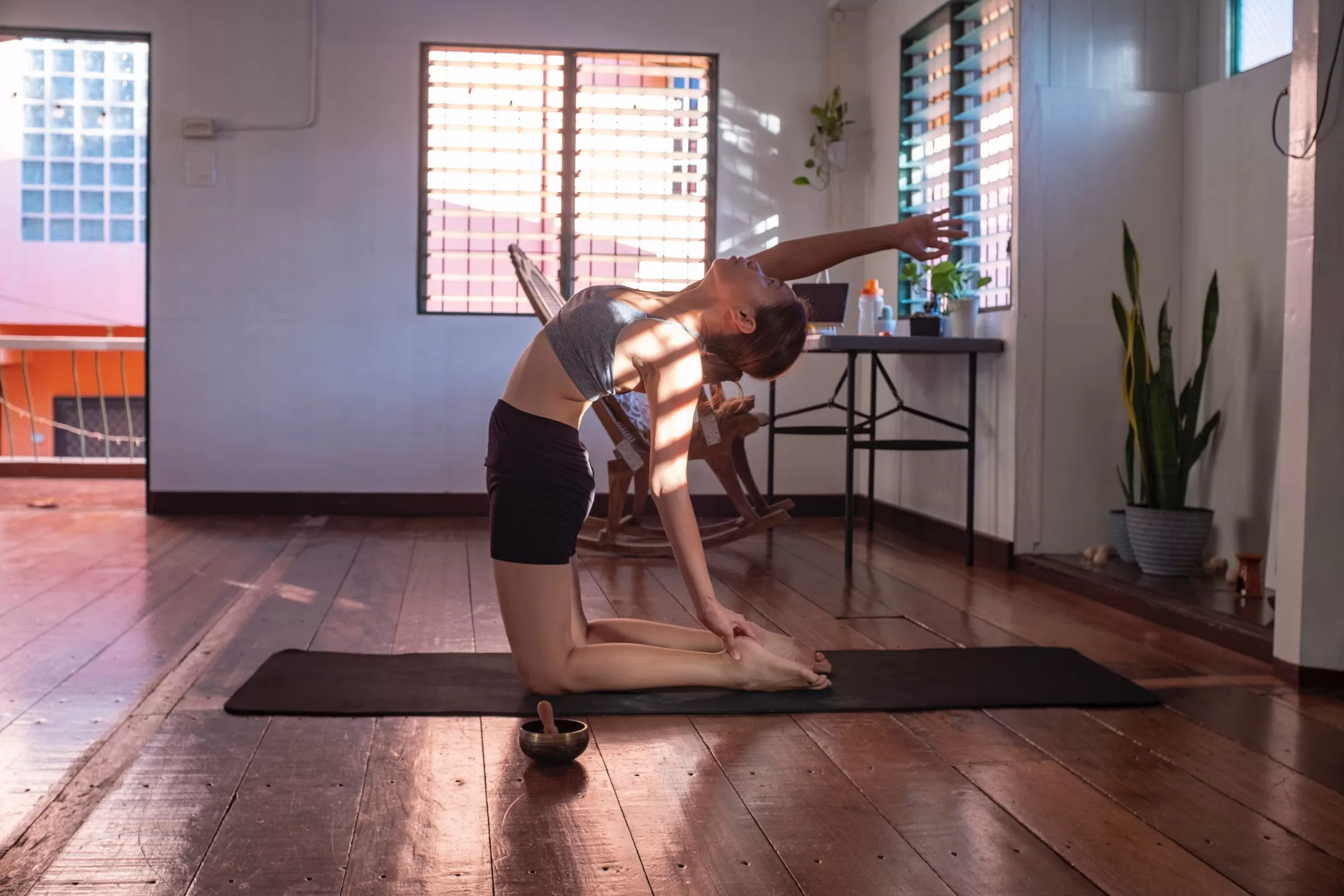Introduction
Yoga has many physical and mental benefits, including improving strength and flexibility, increasing relaxation and aiding stress relief. As such, many people are now embracing yoga and integrating it into their daily lives. However, developing a successful yoga at-home practice requires expertise and guidance, and without the right approach, a practice may be unsustainable and nonbeneficial.
This comprehensive guide covers the steps necessary to construct a beneficial and sustainable at-home practice.
Part 1: Identifying and Prioritizing Goals
The first step to developing a successful home yoga practice is to identify and prioritize goals. By taking the time to define your purpose, you can ensure that your practice is beneficial and sustainable. To do this, ask yourself the following questions:
1. What are my goals in practicing yoga?
2. What benefits am I seeking from a yoga practice?
3. What aspects of the practice do I want to work on most?
Once you have determined your goals, prioritize them and establish clear objectives. This will ensure that you focus on the most important aspects of your practice and minimize the chances of “burning out”.
Part 2: Securing a Suitable Space
The second step is to secure a suitable practice space in your home. This will help to cultivate a sense of peace and tranquility as you practice, while also providing freedom from distraction and disruption. To do this, you should create an inviting and comfortable environment in a quiet corner or other suitable area of your home. You should also include items such as yoga mats, yoga blocks, and other tools, and consider how to use the space most effectively.
Part 3: Establishing a Consistent Routine
Once you have secured a suitable space and established your goals, the next step is to create a consistent routine. This will help you to maintain a regular practice and secure the maximum benefits from your practice. To do this, set realistic goals for each session. Here are some examples:
Asana:
This may consist of doing one sun salutation a day until it feels natural to practice asana. Once you have one sun salutation completed regularly, add one one more pose and another as you become more regimented.
Meditation:
Meditating for one minute and add additional time as you feel comfortable. Plan for the duration of your practice, and incorporate time for rest and reflection. Additionally, create a consistent schedule that includes time for both practice and rest. This will help your practice to remain sustainable and consistent.
Study:
In addition to establishing a regular practice, you should also supplement your practice with additional resources. This includes reading books on yoga philosophy and history, listening to audio recordings, and watching instructional videos and connecting with knowledgeable practitioners, both in-person and online. All of these resources can help to broaden your understanding of the practice, as well as to support a successful and sustainable home practice.
Part 4: Practicing with Compassion
Finally, it is important to incorporate a sense of compassion and kindness into your practice. This will not only help to make the practice more enjoyable, but can also provide a powerful path to growth and healing.
When practicing at home, it is important to avoid pushing yourself too hard and to be mindful of your limitations. Instead, focus on the effort rather than the result, and take a gentle and compassionate approach to any challenges that you may encounter.
For instance, if you usually practice meditation for 30 minutes a day but you skip a day due to life circumstances, take the opportunity to see the time off as the practice of “ahimsa (no harm)”. Ahimsa for one’s self gives us permission to make mistakes without judgment from ourselves; which is also an important aspect of yoga philosophy.
Conclusion
Developing a sustainable and beneficial yoga at-home practice can be a complex and challenging task. However, by following the steps outlined in this guide, you can cultivate a practice that is both successful and rewarding.
By clearly identifying and prioritizing your goals, securing a suitable space and establishing a consistent routine, and practicing with compassion, you can unlock the full potential of your practice and secure the maximum benefits from it.
Ultimately, those who commit to developing a successful home yoga practice will be rewarded with a journey of self-discovery, growth, and healing.

